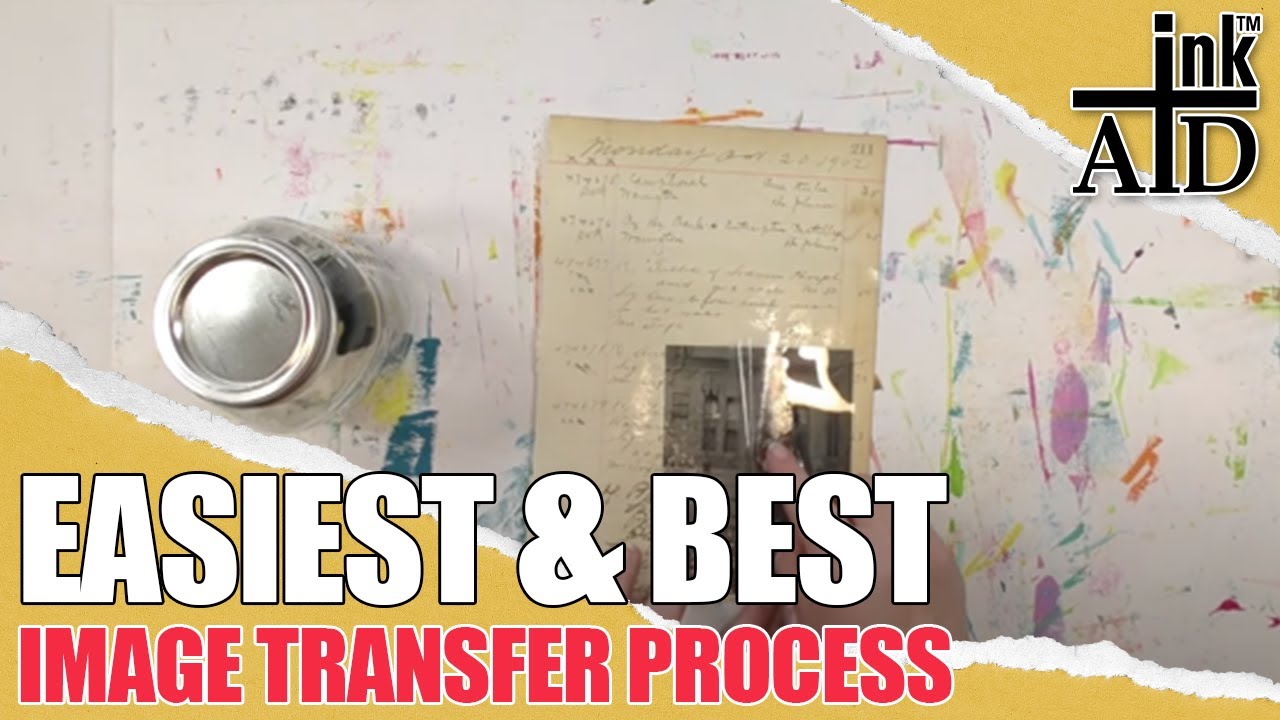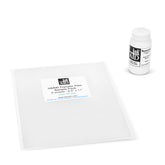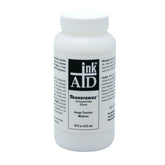-
inkAID Image Transfer Starter Pack
Have you ever had that “one special substrate” that you wanted to showcase your artwork onto? Well, with the inkAID image transfer process now you can! You can easily transfer your images onto almost any material including paper, fabric, metal, canvas, wood, tile, and...- $16.99
- $16.99
- Unit price
- per
-
inkAID Transferiez Image Transfer Medium
inkAID Transferiez™ Concentrate is an image transfer medium used to transfer images from inkAID Transfer Film to metal, wood, glass, plastic, paper, fabric and leather with pigment based inks. Instructions for using this product and how to do the Image Transfer Process can be found...- From $29.95
- From $29.95
- Unit price
- per
-
inkAID Transfer Film - Sheets
inkAID Transfer Inkjet Film is a premium 4 mil thick clear inkjet transparency film for transferring water soluble pigment ink jet prints onto many different substrates including paper, fabric, metal, canvas, wood, and tile. Instructions for using this product and how to do the Image Transfer...- From $9.99
- From $9.99
- Unit price
- per
-
inkAID Transfer Film - Rolls
inkAID Transfer Inkjet Film is a premium 4 mil thick clear inkjet transparency film for transferring water soluble pigment ink jet prints onto many different substrates including paper, fabric, metal, canvas, wood, and tile. Instructions for using this product and how to do the Image Transfer...- From $209.99
- From $209.99
- Unit price
- per
inkAID Transfer Film and Transferiez Image Transfer Medium
Watch how inkjet printed images are transferred onto various substrates.
Instructional VideosRecently Viewed Products
Example product title
- $19.99
- $19.99
- Unit price
- per
Example product title
- $19.99
- $19.99
- Unit price
- per
Example product title
- $19.99
- $19.99
- Unit price
- per
Example product title
- $19.99
- $19.99
- Unit price
- per
Example product title
- $19.99
- $19.99
- Unit price
- per
Example product title
- $19.99
- $19.99
- Unit price
- per
Example product title
- $19.99
- $19.99
- Unit price
- per
Example product title
- $19.99
- $19.99
- Unit price
- per
Example product title
- $19.99
- $19.99
- Unit price
- per
Example product title
- $19.99
- $19.99
- Unit price
- per
- Choosing a selection results in a full page refresh.








